- The Meaning of Critical Thinking: A Key Skill for Navigating Today’s Information Landscape - November 3, 2025
- Grandparents Can Develop Activist Grandchildren - September 29, 2025
- Top Six Reasons Credit Union Benefits Are a Smart Choice Over Banks - August 18, 2025
Last Updated on February 27, 2025
Gardening has many advantages, but did you know it can help battle climate change too? At the root of this effort are seeds of hope, adapted to a changing environment.
For many years I gave directions to my house like this: “Drive to the cul de sac, and you’ll see a gorgeous yard. We’re across the street.”
That yard belonged to my neighbor AP. He wasn’t shy about telling me what I was doing wrong in my garden but also provided me with plants and seeds. One day he brought me a Ziploc bag full of yellow cherry tomatoes. “Put these in the freezer and throw them in your garden in the spring.” That was a decade ago, and I’ve enjoyed hundreds of these yummy tomatoes every year. I don’t even bother to put them in the freezer because they reseed themselves.
AP didn’t know the variety of tomato seed, but I know that it is hardy and well-adapted to my area. For example, I had tomato fusarium wilt in my garden, but that didn’t stop me from enjoying the yellow tomatoes. It is possible that over the many generations of that plant, it became ideally suited for our climate.
Updated 2024: I entered AP’s Freezer Tomatoes in a Tomato Jam contest, and they won 2nd place! AP would have been proud.
Saving Seeds to Battle Climate Change
My friend Kathie told me her gardening philosophy is ‘survival of the fittest.’ That made me laugh, but she has a point. In fact, her approach may be the best tool for adapting seeds to climate change.
Climate change challenges gardeners. We must adapt to changes in precipitation, temperature, and weather patterns. Temperature changes also bring new pests and diseases. A diversity of seeds is an arsenal in the battle.
Seed diversity is critical. Over the years, the food supply has shifted away from locally grown plants and seed sharing. Now, a small number of agricultural companies control most of the world’s food supply.
Saving your local seeds means you have varieties that produce well in your area rather than seeds produced and shipped across the country. These plants are adapted to your soil, climate, and other growing conditions. They don’t require as much care, so you can avoid dousing them with commercial pesticides and fertilizer.
Seed adaptation takes many generations. We’re lucky to have experts who are saving seeds. Like Joseph Lofthouse.
Joseph Lofthouse Lets Nature Take Its Course
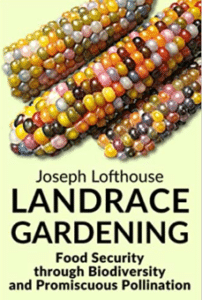
Lofthouse is looking for a landrace. A landrace is a food crop with lots of genetic diversity, contributing to its ability to survive new pests, diseases, or changes in the environment.
It is the direct opposite of what the major seed companies do to the seed supply. They winnow down genetic diversity into a small list of plants.
Landrace gardening means fewer inputs such as fertilizer, pesticides, and herbicides. And in landrace gardening, you don’t have to coddle your plants.
The website Going to Seed offers instructional materials and courses on landrace gardening.
Nate Kleinman’s Laboratory is His Garden
Nate Kleiman is a gardening scientist. Worried about the plant’s changing climate, he produces climate-adapted seeds. His Experimental Farm Network also offers opportunities for others to experiment. You can post your own project or sign up to help others with theirs. One that looks interesting to me is the development of a cold-hardy avocado.
Rather than the traditional focus on crops that you must reseed annually, he supports perennial agriculture. Examples of his seeds are perennial sunflowers and celery.
He funds his work by selling what he calls “cool seeds.” One of the reasons I think the seeds are cool is that they come with a story. For example, Milka’s Yugo Ox Heart Tomato comes from Yugoslavia and was a gift from a friend who knew Milka needed a taste of home after she and her family fled Yugoslavia for the US.
Kristyn Leach is a Plant Helicopter Parent
Kristyn Leach has a mission to save Asian seeds. Born in South Korea, she was adopted by a New York family. That means she didn’t taste Korean food until she was an adult. Now, she works hard to preserve her food heritage. She was one of the founders of the seed company Second Generation. Second Generation keeps the Korean food heritage alive with plant-growing guides, seeds, and even coloring books for kids. And she speaks out for farmers of color.
At her farm, Namu, she uses her observational skills to tinker with her varieties. She notes the plant’s life cycle: pollination and reproduction, water, and fertilizer needs. Most important for adapting to climate change is how the plant reacts to disease, pests, and drought. Although it is distressing to cull plants that don’t thrive, she knows the key to seed adaptation is finding her plant prodigies.
Seeds of Hope: How You Can Battle Climate Change With Gardening
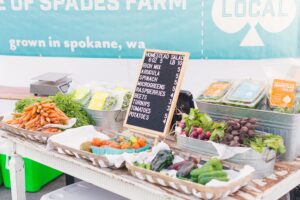
By choosing heirloom plants and saving the seeds, you are positively impacting our environment by increasing biodiversity, making seeds more available, and preserving our food heritage.
But we are all at different levels in our gardening.
If you don’t garden, you can contribute by seeking your produce from local farmers instead of the grocery store.
If you garden but have not been saving seeds, give it a try with an easy crop such as beans. Then save them for next season and perhaps for your local seed library.
Master seed savers like Lofthouse, Kleinman, and Leach tinker with seeds. As their crop grows, they pay attention to how each plant is doing and identify stellar ones. Saving the seeds of these specimens for the next crop is a step toward climate change adaptation.
[Use the buttons on the right to share this post with a gardener friend!]
READ NEXT
What Is a Seed Library and Why Do I Need Free Seeds of Life?
How to Save the World by Saving Seeds
How White People Can Go Beyond Land Acknowledgment To Support Indigenous People
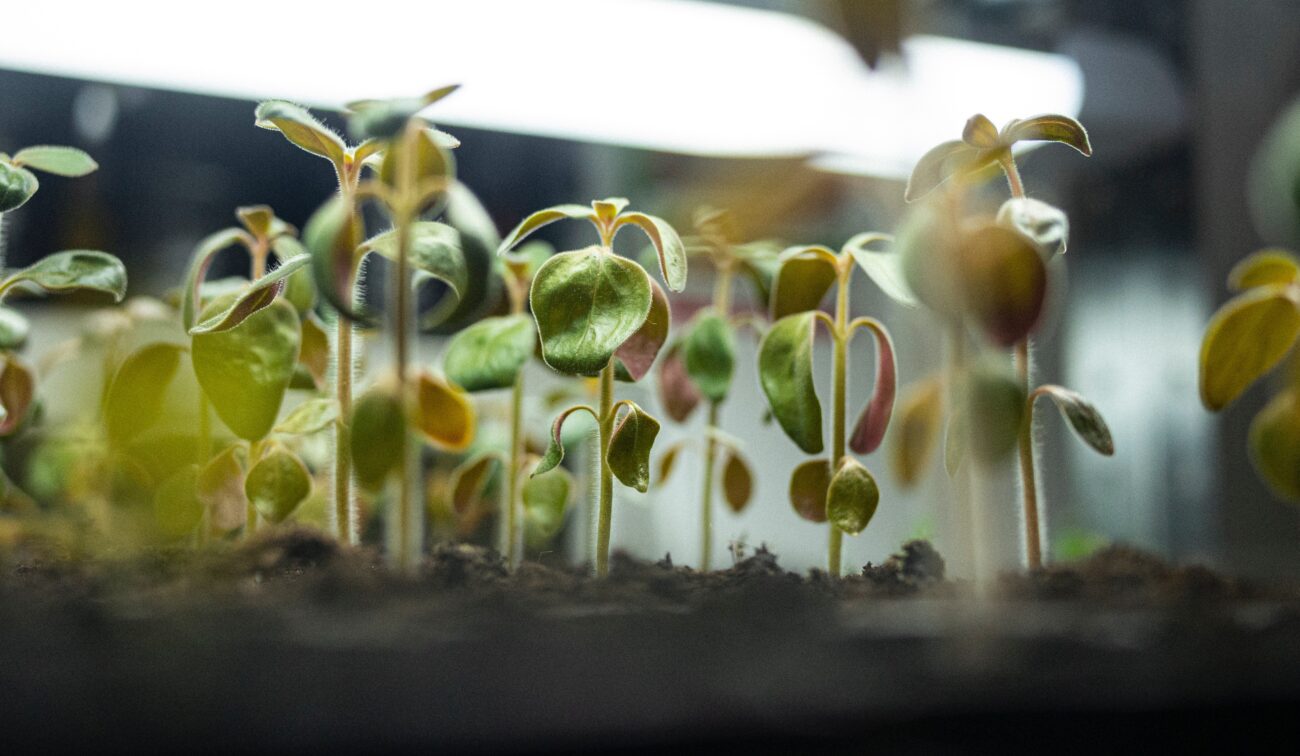
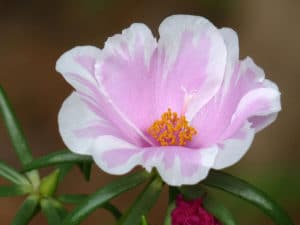
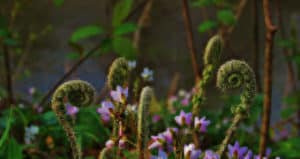

Pingback: What Is a Seed Library and Why Do I Need Free Seeds of Life?